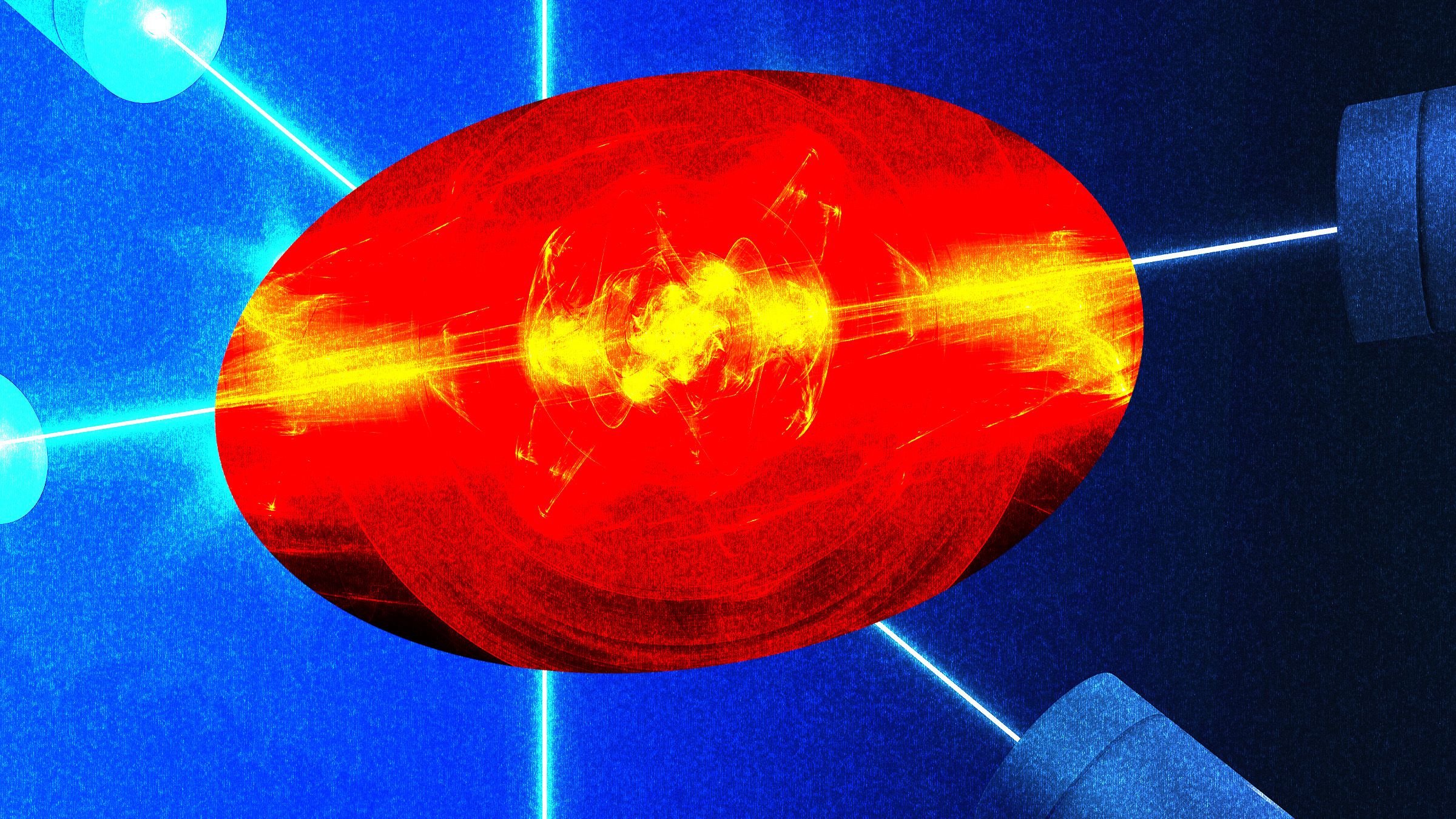A Collision With Another Planet Could Have Allowed for Life on Earth
A Collision With Another Planet Could Have Allowed for Life on Earth
Scientists have long debated the origins of life on Earth, with one intriguing theory suggesting that a collision with another planet could have played a crucial role in kickstarting life on our planet.
According to this theory, known as the “giant impact hypothesis,” a massive collision between Earth and another planet, possibly the size of Mars, could have spewed out a large amount of debris into space.
This debris would have eventually coalesced to form the Moon, which currently orbits Earth. However, in the process, the impact could have also introduced essential elements and compounds necessary for life to thrive on Earth.
For example, the collision could have brought water to Earth, which is crucial for the development and sustainability of life forms. Additionally, the impact could have introduced organic molecules that served as building blocks for early life.
Furthermore, the collision would have generated significant heat, possibly creating hospitable conditions for life to emerge and evolve on Earth. The energy released during the impact could have jumpstarted chemical reactions necessary for the formation of life.
While this theory is still speculative and subject to ongoing research and debate, it offers a fascinating glimpse into the potential cosmic events that shaped our planet and allowed life to flourish.
Understanding the role of collisions with other cosmic bodies in the history of life on Earth could provide valuable insights into the conditions necessary for life to emerge in other parts of the universe.
In conclusion, a collision with another planet could have been a key factor in creating the conditions for life on Earth. This theory highlights the interconnected nature of celestial events and their impact on the development of life in our solar system.





